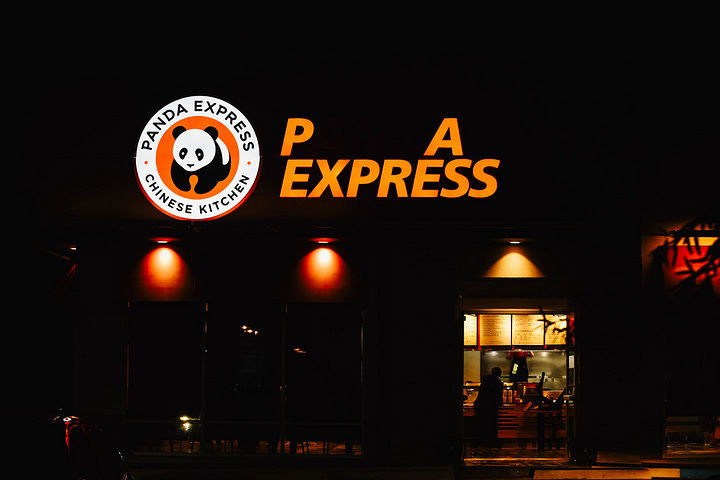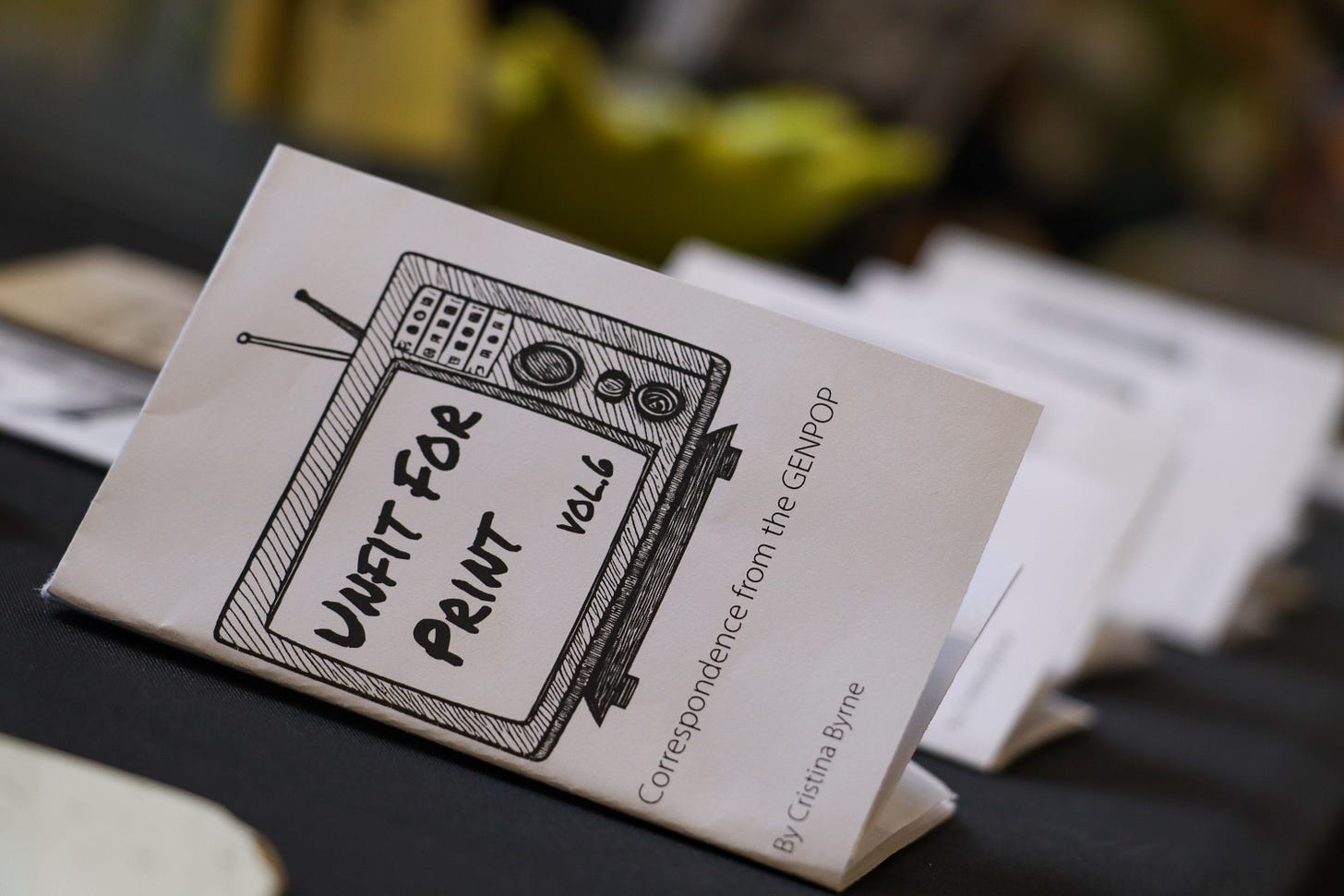By Kae Partida
Cristina Byrne’s photographic journey began humbly, armed with a point-and-shoot camera during her college days in a small town in North Central Pennsylvania. While her early work focused on documenting college parties, her passion for storytelling through the lens grew deeper after taking a couple of photography classes. Upon graduating, Cristina took a seasonal job with the Binghamton Mets, the Double-A affiliate of the New York Mets, where she served as the Fan Photographer. That summer spent capturing candid moments at the ballpark became a defining chapter in her life.
Fast forward to today, Cristina continues her connection to the world of baseball as the Club Photographer for the Rocket City Trash Pandas at Toyota Field—a role she has held for the past four years. Her work, however, goes far beyond the label of a sports photographer. Cristina identifies as a photojournalist, capturing the essence of the ballpark experience. Her lens finds fascination not just in the players, but in the moments that give the ballpark its unique character—spilled hot dogs, kids with ice cream-smeared faces, a fan sporting a Trash Pandas tattoo, or the striking clouds overhead. For Cristina, it’s about documenting the atmosphere, the behind-the-scenes chaos, and the unscripted human stories that make baseball… baseball.
This same eye for the unexpected shaped her exhibition in the Third Floor East Gallery of Lowe Mill ARTS & Entertainment, Lights Out. The concept emerged organically during a nighttime drive along Huntsville’s University Drive, where a partially lit Hooters sign humorously read “Ters.” Capturing the image sparked a fascination with malfunctioning LED and neon signs. Cristina describes it as a kind of hunt, with the peculiar charm of broken signs inspiring her to explore the urban landscape more deeply. She affectionately dubs University Drive, which becomes Highway 72, the “Who’s Who Highway,” for its endless line of big-box stores and fast-food outlets—perfect hunting grounds for capturing the amusing quirks of unlit signage.


Cristina’s background in media plays a pivotal role in her approach to photography and storytelling. With each shot, she asks herself, “How can I say something without saying something? And what does it look like visually?” This mindset drives her to tell stories through imagery alone, inviting viewers to uncover the narratives embedded in her work. Whether capturing the quiet humor of a broken sign or the dynamic energy of a ballpark crowd, Cristina creates photographs that speak volumes without the need for words.
For Cristina, inspiration is everywhere. “Creative inspiration is all around as long as you are open to it,” she says. This openness fuels not only her photography but also her zine-making. For her, each medium offers a different mode of self-expression. “Sometimes photography is the best way to express what I want to say, and other times, writing is the better way.”
The Lights Out series reflects a blend of personal and cultural narratives. While it holds a certain lightheartedness, Cristina views the series as “a bit of a grotesque and a commentary on Americana.” The ubiquity of big-box stores and fast-food chains lends the series a sense of relatability both within and beyond the United States. “They’re everywhere and not unique to an area, but they also have some sort of American Pop Culture element,” she explains. At the same time, the project’s playful edge gives these corporate landscapes a humorous twist—offering something “fun, silly, and nothing to take too seriously.”
“fun, silly, and nothing to take too seriously.”
One of Cristina’s favorite parts of Lights Out is the way it has become a collaborative effort. Friends, family, and fans often alert her to broken signs, creating a sense of shared discovery. “It’s been nice because the project does feel collaborative,” she reflects. When tipped off about a sign, she tries to photograph it quickly, knowing the impermanence of these fleeting imperfections. Her dedication once led her on a 45-minute drive to Scottsboro to capture a McDonald’s sign, with the entire trip taking over an hour and a half for just a few minutes of shooting.
Among her favorite captured signs are familiar names like IHOP, Waffle House, Staples, Hooters, and McDonald’s. Yet Cristina’s hunt is far from over—she has already started collecting images in other states and dreams of expanding the series further.


As a creative, Cristina finds that stepping outside her day job is essential to unleashing her artistic spirit. “It’s almost as if I need it more,” she explains. “My day job work is pretty straightforward and almost in a box. Once I clock out, my creativeness is like a wild animal on the loose.” Interestingly, the most significant overlap between her professional and personal work lies in her writing. Her Q&A series, What’s Spinning, which explores people’s favorite music, began as a personal project before finding a home on WHNT’s Sound Bites. This crossover illustrates Cristina’s ability to adapt her creative projects for new platforms while staying true to her voice.
Cristina’s ability to weave humor, commentary, and nostalgia into her work resonates with audiences, drawing attention to the overlooked details of urban life. Through her lens, a broken sign becomes not just a photo but a story waiting to be told.



